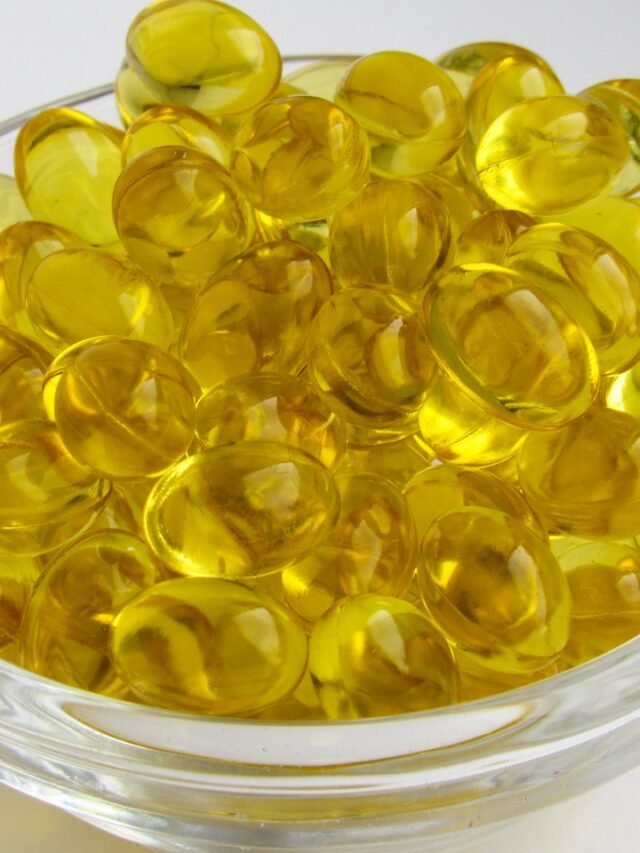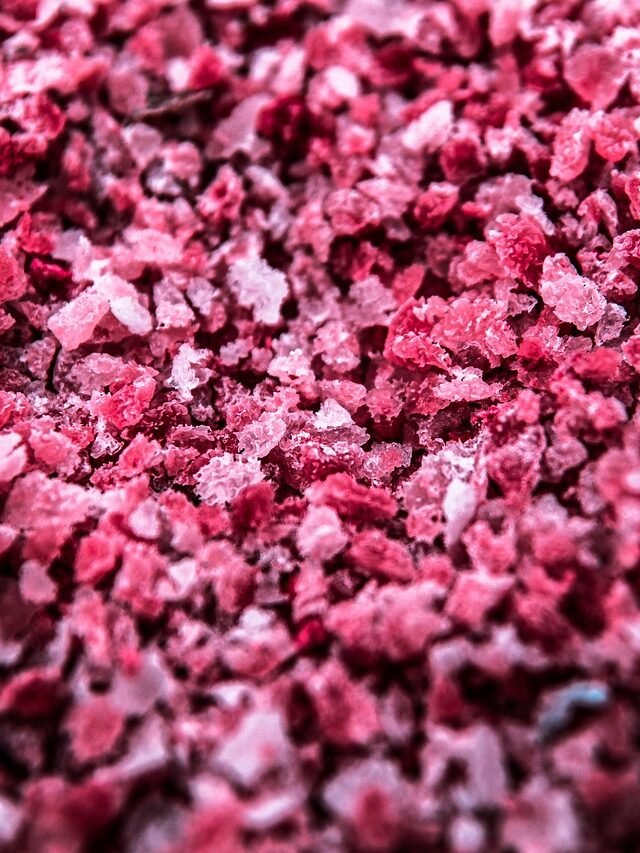
Understanding and Managing Ingrown Toenails
Ingrown toenails, medically known as onychocryptosis, occur when the edge of a toenail grows into the surrounding skin, understanding and managing ingrown toenails are very important because often this problem gets serious and leads to pain, swelling, and sometimes infection. This common condition often affects the big toe and can result from improper nail trimming, tight footwear, or injury. Understanding the causes, symptoms, and treatment options is essential for effective management and prevention.
Causes of Ingrown Toenails
Several factors contribute to the development of ingrown toenails:
- Improper Nail Trimming: Cutting toenails too short or rounding the edges can encourage the nail to grow into the skin.
- Tight Footwear: Shoes that squeeze the toes can press the nail into the skin, promoting ingrowth.
- Injury: Trauma to the toe, such as stubbing or dropping something heavy, can cause the nail to grow abnormally.
- Genetic Predisposition: Some individuals inherit a tendency for curved toenails, increasing the risk.
- Poor Foot Hygiene: Not keeping feet clean and dry can lead to various foot problems, including ingrown toenails.
Symptoms to Watch For
Recognizing the signs of an ingrown toenail is crucial for early intervention:
- Pain and Tenderness: Especially along one or both sides of the nail.
- Redness and Swelling: Indicating inflammation around the affected area.
- Infection Signs: Such as pus, increased redness, and warmth, suggesting the need for medical attention.
Treatment Options
Addressing an ingrown toenail promptly can prevent complications:
At-Home Care
- Warm Soaks: Soaking the foot in warm, soapy water for 15-20 minutes several times a day can reduce swelling and relieve tenderness.
- Proper Nail Trimming: Cut nails straight across without tapering or rounding the corners to prevent the nail from digging into the skin.
- Avoid Tight Footwear: Wearing open-toed shoes or sandals can reduce pressure on the affected toe.
When to See a Doctor
- Persistent Pain: If pain continues despite home care.
- Signs of Infection: Such as pus, increased redness, or fever.
- Underlying Health Conditions: Individuals with diabetes or poor circulation should seek medical advice promptly.
Medical Treatments
- Lifting the Nail: For a mildly ingrown nail, a doctor may lift the edge and place a splint or cotton under it to separate the nail from the skin.
- Partial Nail Removal: Removing part of the nail may be necessary in more severe cases.
- Nail Matrix Removal: For recurrent ingrown nails, removing a portion of the nail matrix can prevent that part of the nail from growing back.
Prevention Strategies
Preventing ingrown toenails involves proper foot care:
- Trim Nails Correctly: Cut toenails straight across and avoid rounding the edges.
- Choose Appropriate Footwear: Wear shoes that fit well and accommodate your toes.
- Maintain Foot Hygiene: Keep feet clean and dry to prevent infections.
- Protect Your Feet: Avoid trauma by wearing protective footwear when necessary.
- soak feet in warm salted water: salt can give your feet a soothing effect but is also good for hygiene and reducing swelling, soaking feet in salted warm water can be a good prevention of this problem.
Final Thoughts
Understanding and managing ingrown toenails is essential for maintaining foot health. By recognizing the causes and symptoms, implementing proper treatment, and adopting preventive measures, individuals can reduce discomfort and avoid complications associated with this common condition.












